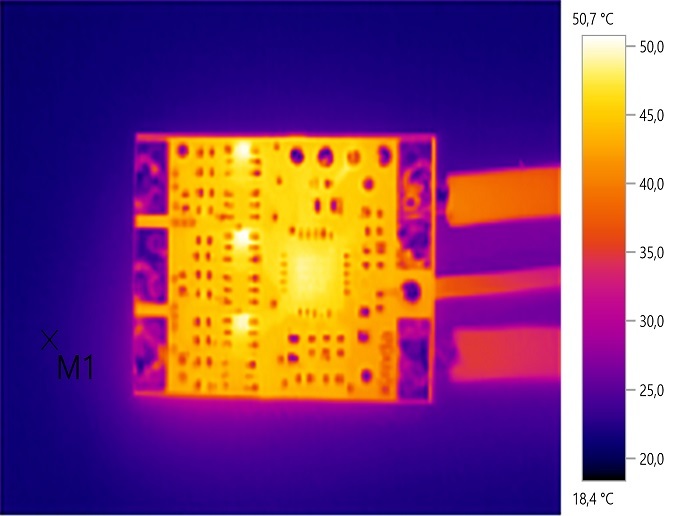High-energy particle collisions answer Universal questions
The amazing and wonderful world of physics has provided remarkable insight into the nature of the Universe, summarised in the Standard Model relating to the 12 fundamental particles and their governance by 3 of the 4 fundamental forces. However, despite being the best description of the Universe available, the Standard Model does not include the force of gravity and 1 of the 12 essential particles, the Higgs boson, has yet to be experimentally ‘seen’. European researchers using the Large Hadron Collider (LHC), the highest-energy particle accelerator ever built, initiated the ‘Standard model and new physics with the LHCb detector’ (SM-Newphysics-LHCB) project to study experimentally and theoretically some of the many open questions regarding the Standard Model of particle physics employing unprecedented collision energies and rates. Scientists focused on quantum chromodynamics (QCD), the current theory of strong interactions (one of the four fundamental forces). It predicts that at very high temperatures, quarks and gluons, the building blocks of larger particles such as protons and neutrons, can exist freely in a new state of matter called quark-gluon plasma. Studies probed quark and gluon densities inside protons as well as hadron (particle made of quarks) production. In addition, they studied novel production methods of the Higgs boson in proton-proton collisions. The SM-Newphysics-LHCB project looked at the some of the smallest particles around under the highest energies possible to explain matter on the largest scale, that of the Universe. Scientists provided new information about strong interactions as well as new approaches for possible measurement of the Higgs boson particle, two of the fundamental issues regarding the Standard Model of particle physics that describes force and matter in the Universe – and that should matter to us all, relatively speaking.





